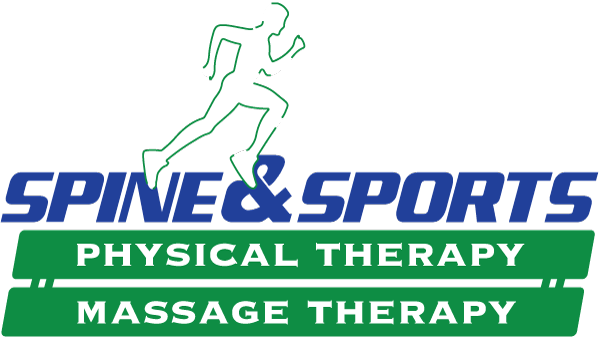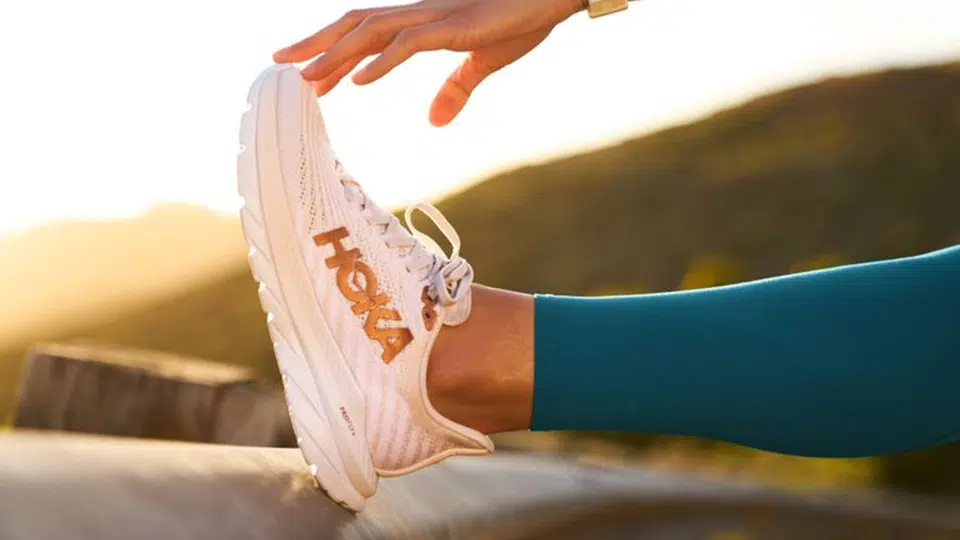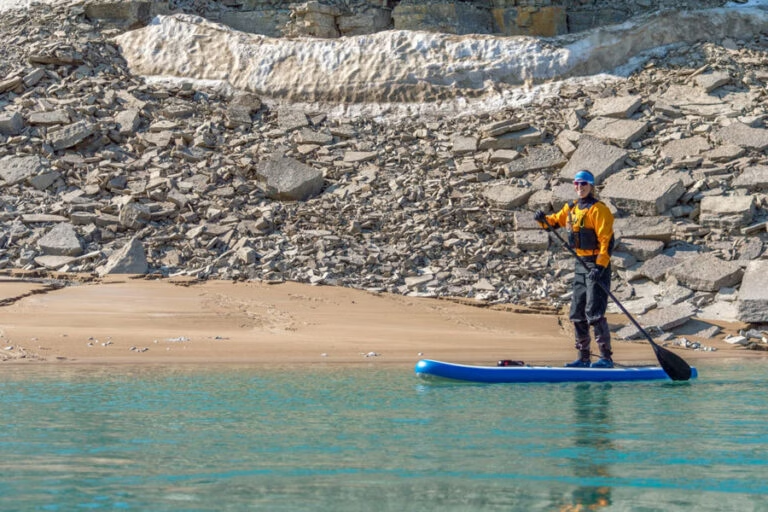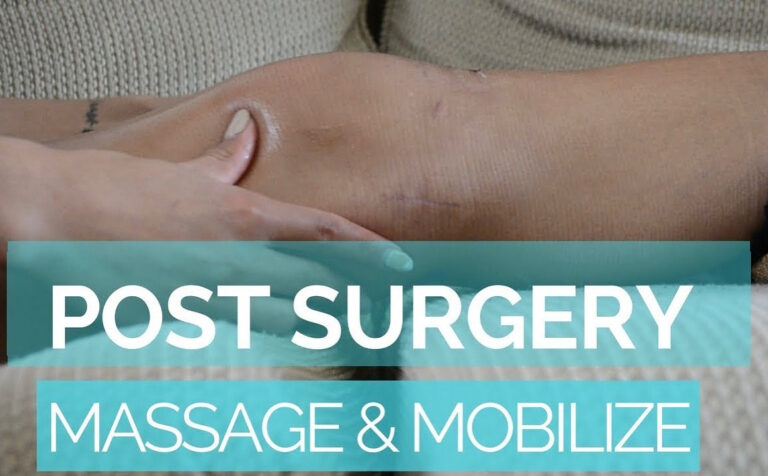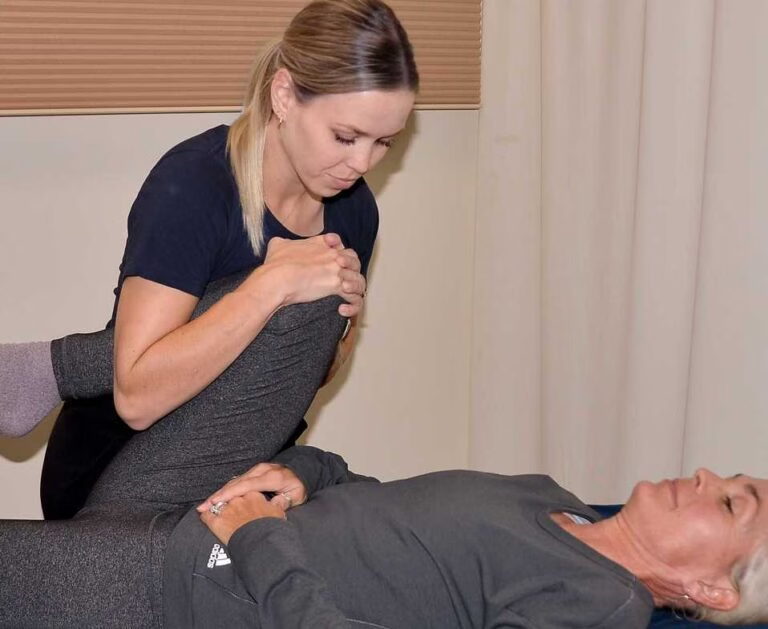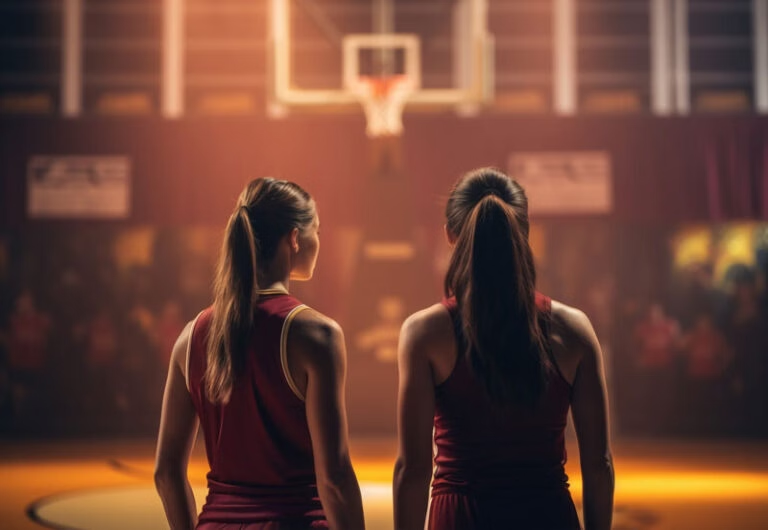It’s good to be leary of trends in the fitness and health industry.
The ‘latest and greatest’ is always popping up. As a health care professional it’s important to do some research as patients ask us for guidance. Hoka running shoes is the trend I have been watching, listening and learning about for almost 10 years now.
The experiment started on myself. I consider myself a ‘runner.’ Not in a competitive sense anymore. More in a sanity and ‘I need fresh air’ kind of sense. I think that’s called maturity? Or maybe aging. I digress. Hokas and me. Let’s proceed.
I had a persistent plantar fasciitis. I couldn’t run. See above comment about sanity. Serendipitously, someone’s Hokas were at my office. “Try them on,” they said ( I think they couldn’t stand my running- hiatus- insanity- induced- mood )! So I did. Desperate times call for desperate measures. They were kind of big, clunky (older models were). I felt like Minnie Mouse. But I didn’t care. Wow. These runners felt very interesting to my foot and physio mind. So I bought my own pair.
I walked for a week in them to get used to the unique motion. By the end of the week I was back running. My plantar fascia was happier. And I will tell you why. Let’s bullet point this next part for an easier read full of good stuff to know:
What does Hoka mean?
The word means “to fly over the earth.” Who wouldn’t want a shoe that promised that?! It’s a phrase from the New Zealand Indigenous people.
Hokas History:
They were founded in 2009, in France, by two men that were former Salomon (an outdoor brand) employees. They wanted a runner that would make them run downhill faster. The shoe took off with the ultra athletes who were trail runners. The popularity has now expanded into the general running crowd, walkers, hikers and just ‘day to day’ wear.
How do you even say “Hoka”? “Ho-kuh”
What makes them so special?
Hokas are ultralight shoes with enhanced cushioning. The unique feature is a Rocker Bottom construction. This meta-rocker geometry drives you forward. It reduces the impact of the usual heavy heel strike and propels you into the mid-stance part of the gait cycle. This forward motion creates less vertical impact for the feet, knees, hips and back.
Who should give them a try?
Anyone looking for extra cushion and shock absorption. The cushioned landing helps people who are prone to foot and lower leg injuries. I have many patients who have had hip and knee joint replacements who will wear nothing but Hokas. Grumbling low backs find them helpful and just the general aging active person who enjoys the typical odd ache and pain. Just because 22 was a long time ago!
Should you online shop them?
This isn’t a good idea.They need to be tried on first. And it’s also wise to see your favourite health care practitioner that knows your body, lifestyle and injury history. Then pop into a store whose salesperson seems knowledgeable. There are many different types of Hokas. Ones for running roads or trails, walking, hiking and just day-to-day ones. Hoka even makes a sandal ( called slides). You will discover cool names like Bondi and Speedgoat and also happy colours. And cool ones!
As a physiotherapist, “stop running/walking/hiking/living ” are phrases we don’t like to use. Sometimes a shoe makes all the difference. Don’t pass judgement until you have put on one of these meta-rockered shoes on. Then rock on!
